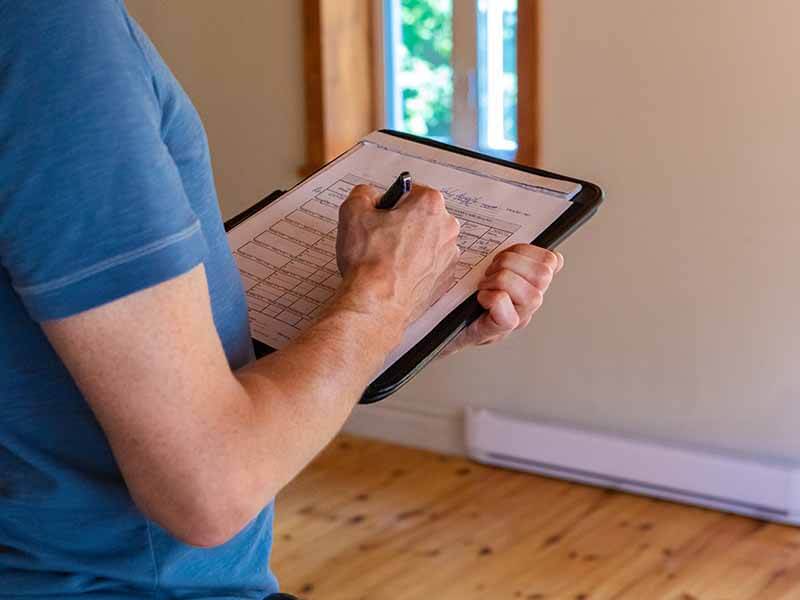
A pandemic like the one we’re facing now with COVID-19 has a few consequences that may not be at the very top of our minds. With everyone stuck inside, indoor air quality should move beyond a backburner issue and into our top-of-mind awareness. In this post, we’ll go through a few key advantages and some important ways to ensure the air quality in your building is high.
What Are the Advantages of Good Commercial Indoor Air Quality?
Allergens, toxins, pollutants, and, yes, viruses, are problems wherever we get our air, inside or outside. However, Indoor air quality is particularly important because, in controlled environments, high air quality and low air quality have a larger impact on our health and well-being.
When air is recirculating over and over, building occupants are exposed to contaminants to a much greater degree, meaning negative outcomes can become exacerbated. Instead of being a refuge from outdoor allergies, poor indoor air quality can make it so people with allergies have no escape. Other toxins in the air might not have an immediate, noticeable impact right away, but over time will lead to higher levels of sickness and poor health. Translation? Lost productivity and the greater use of employee sick days are almost a sure thing.
But the biggest issue—one we are all aware of these days—is viruses. Pathogens in the air are more likely to get us sick when that air is confined in an indoor location. Particularly in the age of a pandemic, we’ve been reminded of this fact. However, once all of this subsides and things get back to relative normalcy, the threat of pathogens in the air isn’t going away. Below you will find some important facts about indoor air quality and how to maintain it at a high level.
HVAC Air Filtration
Generally, when we think of residential air filters, we imagine the once or twice yearly change of those square filters that slide into HVAC units. Depending on the needs of your facility, these filters may need to be changed more frequently or could involve different filter types.
At React Industries, we’re ensuring all of our clients, from 50-story buildings to strip malls, get the HVAC air filtration they need to maintain high levels of indoor air quality.
The Importance of Preventative Maintenance
Outside of forward-thinking design and installation, preventative maintenance is perhaps the most important part of operating a clean and efficient HVAC system. First, let’s outline a few of the cost benefits of preventative maintenance.
Lower Risk of Failure – Medium- or large-scale repairs are quite expensive, and catastrophic system failures often require complete system replacement. Where your budget is concerned, this is unacceptable. Preventative maintenance is one of the best ways to stave off the need for repairs in the future. No mechanical system will last forever, but a preventative maintenance plan will buy you some time.
Reduced Downtime – Cost doesn’t just come in the form of repairs. When a system goes down in the middle of summer or winter, it will take time to get things back up and running. In the meantime, it will be difficult for your employees to get to work.
Greater Energy Efficiency – Preventative maintenance ensures your systems are operating at peak efficiency throughout their life. While a 10-year-old system isn’t going to operate as efficiently as a brand new one, React can still help bring your energy bills down.
The regular tune-ups and minor repairs that are the bedrock of preventative maintenance are exactly the kinds of things that help improve or maintain indoor air quality. Everything from ensuring proper air filtration to preventing occurrences like furnace gas leaks, investing in preventative maintenance is an investment in the health of everyone using the building.
In the post-coronavirus world, there is a hope that building-owners will take indoor air quality more seriously. Start today and keep your occupants safe.
Indoor Air Quality Testing in NYC
React Industries is on a mission to improve the indoor air quality of every building we touch in New York City. One of the first things we do when we come to your facility is to test the quality of your air and then suggest ways to improve it. Interested in how the process works? Schedule an inspection and we’ll get your facility started down the path.